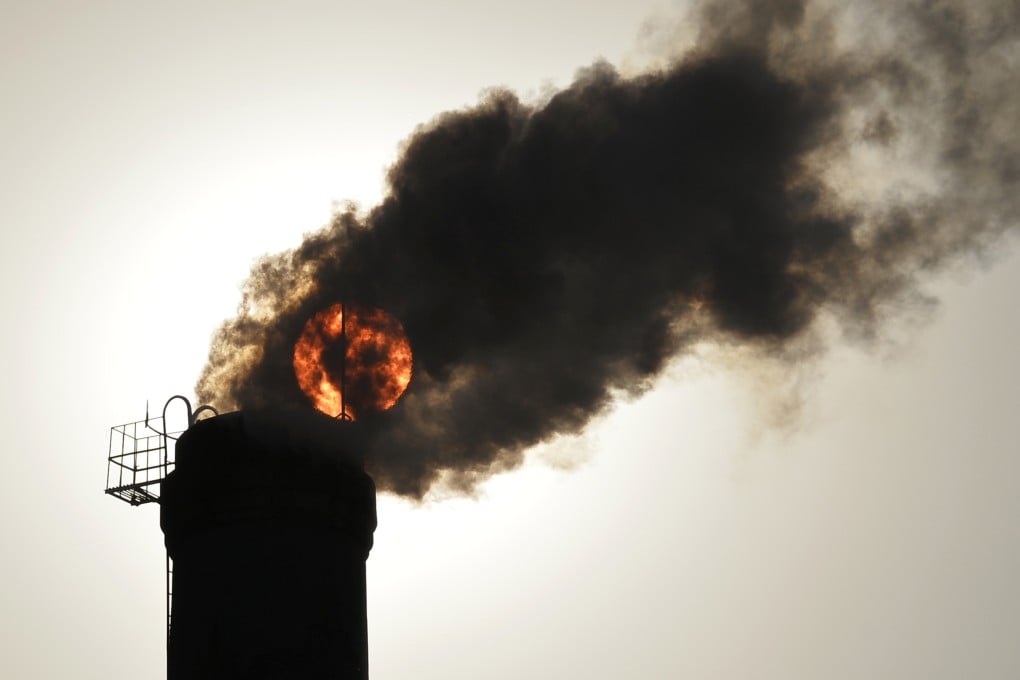Analysis | Coal's continuing dominance in Chinese energy supply makes clean-air campaign an uphill battle
Will moves by the world’s largest energy consumer to reduce its reliance on coal have any effect on China’s pollution crisis, asks Gerard Burg

‘Airpocalyse’ and ‘Beijing cough’ are terms commonly used to describe the air pollution crisis in China nowadays, as official data shows that China last year had the largest number of smoggy days out of any over the past 52 years.
Air pollution has become an increasing concern, leading to greater public commentary about pollution in the Chinese press and on social media, as the levels of smog and hazardous PM 2.5 particles (floating particles less than 2.5 micrometres in diameter) continue to rise. While the Chinese government is aggressively trying to address the air pollution problem, the question remains, is there a viable solution?
There is an assumption from the general public, both in China and overseas, that there will be a fall in coal consumption that will lead to improved air quality. While the air quality would indeed improve, the belief that coal consumption will fall shows that there isn’t a good understanding of how important coal consumption is to the country.
Research by BP shows that coal remains by far the dominant energy source in China – accounting for some 68 per cent of total primary energy consumption in 2012, and the cost and time required to develop alternative infrastructures means that coal consumption will not fall enough to impact air quality at any in the near future.
Many Chinese people can’t comprehend why the government has let air pollution become such a problem. To understand how this has happened, it’s important to recognise that over the past fifteen years China has gone through a rapid period of industrialisation, resulting in a significant increase in energy consumption for the country. In 2000, China accounted for around 10.5 per cent of global primary energy consumption and just ten years later China overtook the United States to become the world’s largest energy consumer. By 2012, this continued rapid demand for energy resulted in China accounting for 22 per cent of global energy consumption.

After these largely unsuccessful measures and the unabated public outcry over rising air pollution levels, China’s State Council announced plans to spend 1.75 trillion yuan (about US$277 billion) between 2013 and 2017 to combat the issue. About 37 per cent of this funding will be directed towards cleaning up polluting heavy industries and a further 28 per cent will be spent on developing cleaner energy sources, while the bulk of funds will be directed towards highly polluting provinces, such as the broader Beijing-Tianjin-Hebei region.
